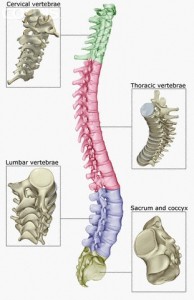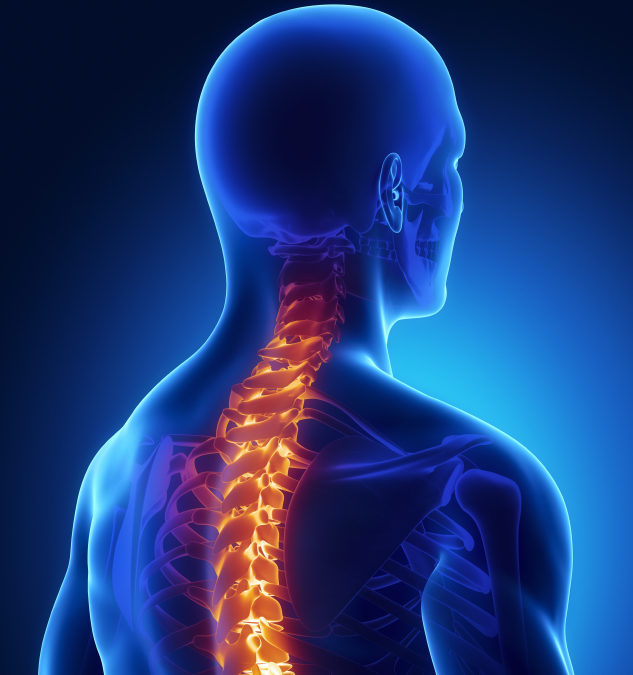Recent statistics reveal that 1.8 million Australians, that is approximately 9.2% of the population, currently have back pain and 70-90% of people will experience back pain at some point throughout their lives. The unfortunate souls in this 70-90% category must at some stage be wondering what does it take to have a healthy spine, and is this actually achievable. To this I say there is good news and bad news. The good news is that there are definitely improvements that can be made to spinal health to help reduce the occurrence of back pain. The bad news is that the spine is a wonderfully complex entity and unfortunately there are intrinsic and extrinsic factors sometimes beyond our control that we can do little to help. Here is an introduction to spinal health…
The purpose of this article is to briefly introduce an understanding of spinal health and in the next article we will provide a few simple tips to improving the health of your spine.
The spine is comprised of 33 individualised vertebrae which are separated into 7 cervical (neck), 12 thoracic (middle back), 5 lumbar (lower back), 5 sacral and 4 coccygeal (tailbone). Throughout the spine there are a total of 23 shock absorbing, inter-vertebral discs, and to aid in stability we have numerous ligaments and approximately 140 muscles to help our joints to move.
When you look at a spine from a side view you will also notice that it isn’t exactly straight. In fact, what you may notice is a sort of S shape, which actually provides a biomechanically advantageous position for optimal spinal health. The picture (right) depicts the “ideal” spinal curves.
Now for optimum spinal health, these structures ideally work together to engage stability, movement, shock absorption and spinal nutrition, whilst working under the load of everyday stress. Of course this is not always the case. Spinal conditions, degenerative change, postural faults, muscular imbalances, spinal injury, overuse injuries, are all examples of what can affect and reduce spinal health. Stay tuned for 5 great tips to improve your spinal health.
Article by Dr Michael Smith (Chiropractor)

